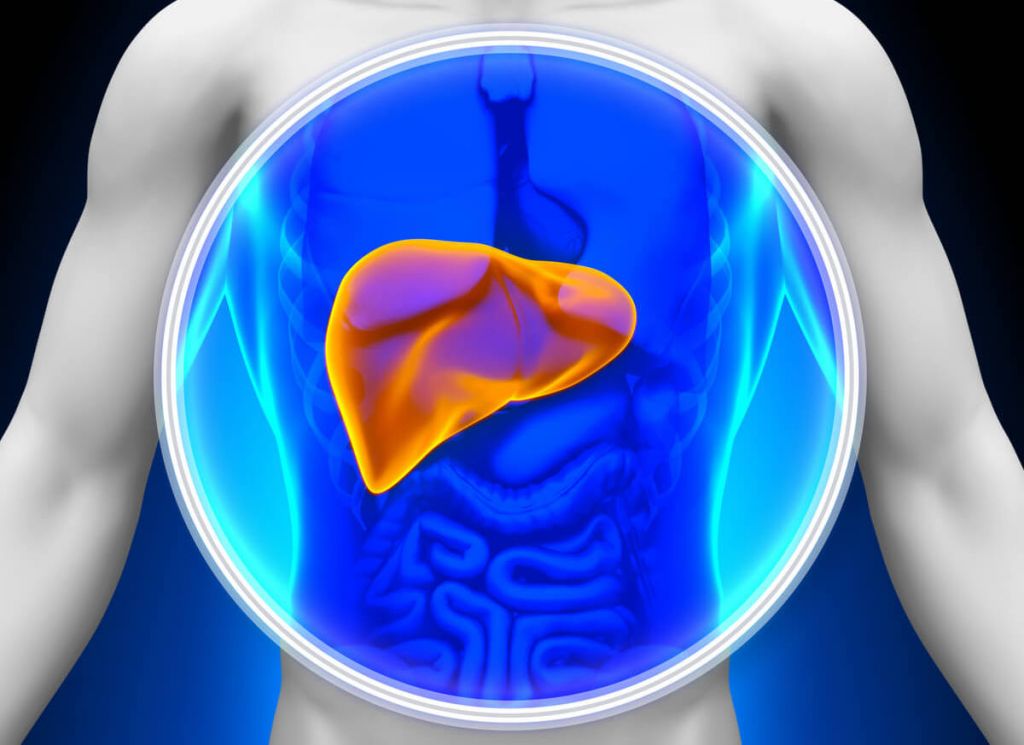Newsletter Signup - Under Article / In Page
"*" indicates required fields
Two preclinical articles have been published in different journals for treatments being developed by French biopharmaceutical company, Poxel.
Poxel develops treatments for chronic, serious diseases with metabolic pathophysiology including non-alcoholic steatohepatitis (NASH) and rare metabolic disorders. The articles have been about genetic disease X-Linked Adrenoleukodystrophy (ALD) and molecules PXL065 and PXL770.
These molecules have separate and distinct mechanisms of action: PXL065 is a novel, proprietary deuterium-stabilized R-stereoisomer of pioglitazone which exerts effects via multiple non-genomic pathways engaged by thiazolidinedione molecules; PXL770 is a novel, first-in-class direct adenosine monophosphate-activated protein kinase (AMPK) activator.
Biomarker studies
Both compounds will soon enter into phase 2a clinical proof-of-concept (POC) biomarker studies in ALD patients with adrenomyeloneuropathy (AMN) as soon as possible, subject to financing.
An article on PXL065 has been published in The Journal of Inherited Metabolic Disease (“JIMD”), called “Therapeutic potential of deuterium-stabilized (R)-pioglitazone – PXL065 – for X-linked adrenoleukodystrophy”.
An article on PXL770 has been published in The Journal of Pharmacology and Experimental Therapeutics (“JPET”), and is entitled “Beneficial effects of the direct AMP-Kinase activator PXL770 in in vitro and in vivo models of X-Linked Adrenoleukodystrophy”.
These publications describe similar beneficial preclinical profiles of PXL770 and PXL065 in models of ALD. Elevated levels of toxic very long chain fatty acids (VLCFA) are a driver of ALD pathology.
The published in vitro results show correction of this phenotype in ALD patient-derived cells. In a classical in vivo rodent model of ALD, elevated VLCFA levels were also suppressed by chronic treatment with both compounds (in plasma, brain and spinal cord).
The two compounds also improved mitochondrial function and signs of inflammation in patient-derived cells.
Improvements in neurologic deficits were also documented in the ALD mouse model – sciatic nerve morphology and locomotor function – with each of the two compounds. Given different mechanisms of action, it is anticipated that pursuit of the pending (identical design) Phase 2a clinical studies could yield results that will help determine differentiation between these agents in this disease.
Leukodystrophy
ALD is the most common leukodystrophy with a prevalence similar to hemophilia – up to 1 in 10,000 people have ALD. Forms of this disease include cerebral ALD (C-ALD) and adrenomyeloneuropathy (AMN) which is the most common form – typically occurring in adolescence through adulthood.
AMN is characterized by chronic and progressive distal axonopathy involving the long tracts of the spinal cord and to a lesser extent the peripheral nerves resulting in progressive stiffness and weakness in the legs, impaired gait and balance, incontinence, and loss of sensation.
Nearly all men with a diagnosis of ALD will develop AMN, and many women also present with features of AMN with a later onset.
C-ALD is characterized by inflammatory demyelination of cells in the brain and typically afflicts children, but many men with AMN may also develop cerebral disease; these white matter brain lesions lead to severe neurologic deficits and death.
There are no approved medicines for ALD other than glucocorticoid supplements for associated adrenal insufficiency. C-ALD when first detected in early childhood, can be treated with hematopoietic stem cell transplantation. HSCT is currently limited to early stage of C-ALD and this procedure is at risk of severe adverse reactions.






